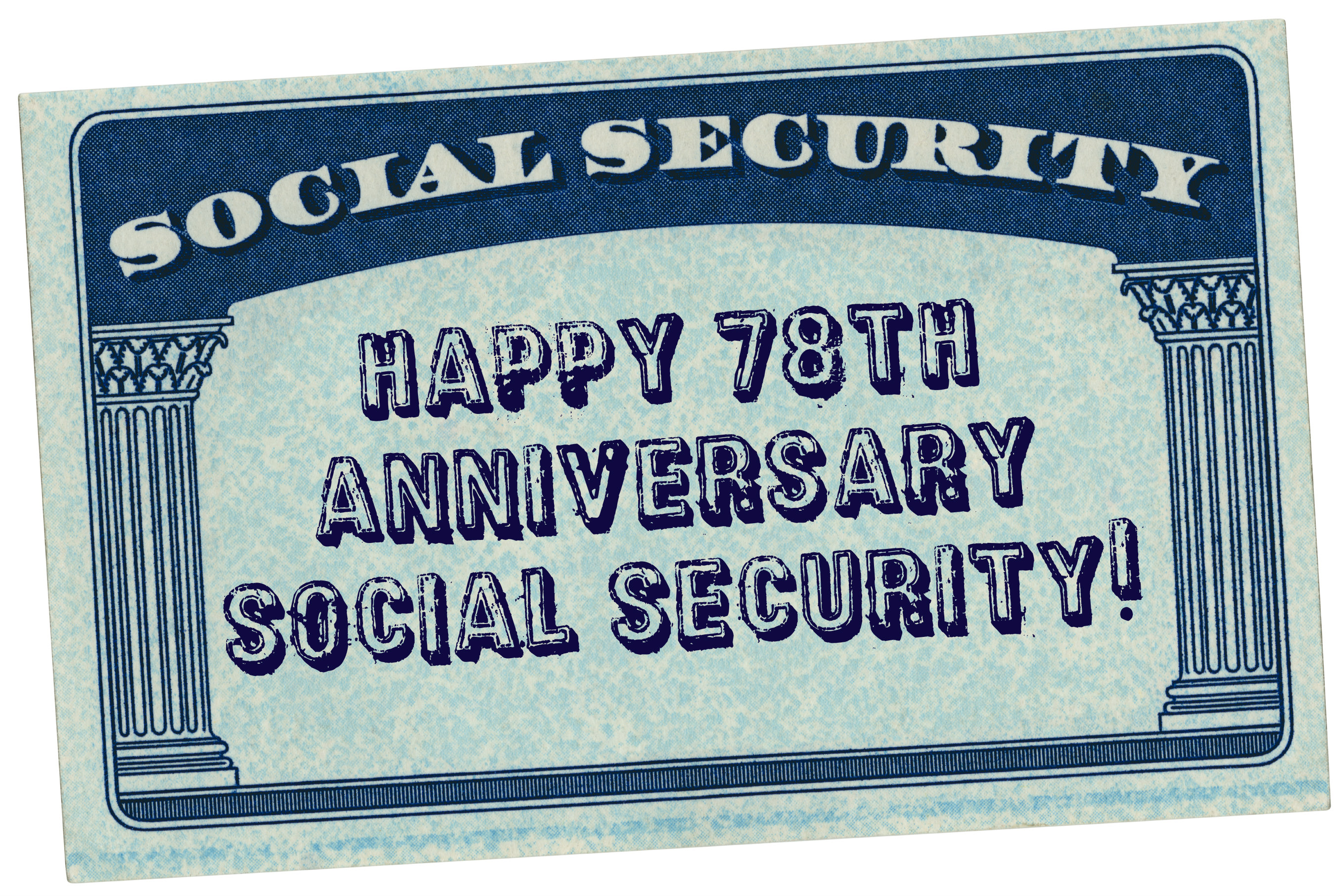AARP Hearing Center

Today marks the 78 th anniversary of Social Security, a program created during the lean years of the Great Depression to provide “social insurance” to workers after a lifetime of employment. Seventy-eight years later, the program remains an earned benefit to workers as well as their families and the disabled.
In 2010, more than 54 million Americans received Social Security benefits; 1.1 million here in Massachusetts. Further, Bay State residents received $15 billion in Social Security benefits in 2010. And for those beneficiaries, three out of 10 rely on Social Security payments as their sole source of income.
AARP is dedicated to protecting and strengthening Social Security. That's why we launched You’ve Earned A Say, a national conversation committed to providing you with information about the proposals on the table in Washington — like the so-called “ Chained CPI” -- without the political jargon and spin. Americans deserve a national debate about responsible solutions that will keep the promise to seniors and their kids and grandkids.
For 78 years, Americans have relied upon the financial security that comes with their Social Security benefits — knowing they can pay for their medicine, buy groceries and afford their utility bills. We need to make sure that the program is strong for future generations.
How the Social Security Program Began
Those left widowed, orphaned, and disabled by the country’s Civil War were the first Americans to receive “social security” benefits from the federal government. The Civil War Pension Program began in 1862 as a military pension. Forty-four years later, in 1906, qualifying for the pension opened up and seniors—those of “old age”—qualified for program benefits.
Fourteen years later, in 1920, there came a tipping point: For the first time in the country’s history, more people were living in cities than on farms. This led to banking and investments, and an increase in consumer spending.
Fast forward to 1929 and the Great Depression, in which more than half of the country’s elderly population didn’t have enough income to be self-supporting. During this time, several states had developed their own pension systems but most were ineffective, and, for seniors, qualifying was difficult. But by 1932, some 17 states—Massachusetts being one of them—had put in place pension programs for the elderly.
With millions of people unemployed across the country, and banks, investment houses, and businesses closed down, calls for change resounded loudly throughout the country. Pension schemes came and went in many states, some created specifically to help the elderly. But none lasted.
By 1933, newly elected President Franklin D. Roosevelt and his wife, Eleanor, were receiving letters by the thousands from elderly Americans who were destitute and desperate. Roosevelt had campaigned on—he won the election over Hoover in a landslide—the “New Deal,” a series of programs designed to get the country working again.
Enter the Social Security Act, a form of what was called “social insurance.” Roosevelt signed the Social Security legislation into law on Aug. 14, 1935 at 3:40 p.m. The new program was administered by an organization initially called the Social Security Board (SSB). The program paid an income—or insurance—to workers once they reached the age of 65, for the rest of their lives.
Administratively, the Social Security Board changed over the ensuing years. On July 1, 1939, the SSB joined the Public Health Service, the Office of Education, the Civilian Conservation Corp., and the U.S. Employment Service, all becoming part of the Federal Security Agency (FSA). View a timeline of other administrative changes throughout the years.
The agency was renamed the Social Security Administration on July 16, 1946, under President Harry Truman’s Federal Reorganization of 1946.
Information in this post came from the federal government’s Social Security Archives website. AARP offers considerable information about Social Security; find what you're looking for here:
- Massachusetts Social Security fact sheet
- AARP Public Policy Institute fact sheets on Social Security, including data on its importance to retirees, women, and minorities
- Learn how adoption of the "chained CPI" might impact your Social Security or veterans’ benefits.
- AARP Social Security Benefits Calculator
- AARP Social Security Q&A Tool
- Other AARP Interactive Tools
- 10 Things You Should Know About Social Security































































